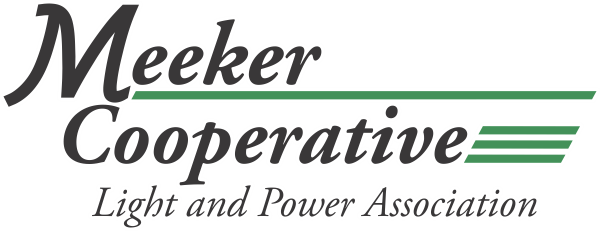As Minnesota progresses towards its goal of carbon-free electricity by 2040, the state’s energy landscape is set for significant changes. This initiative, driven by legislation passed in 2023, aims to phase out fossil fuel-based electric plants and rely more on renewable energy sources like wind and solar. However, recent assessments by the North American Electric Reliability Corporation (NERC) indicate potential capacity shortfalls in the Midcontinent Independent System Operator (MISO) region by the summer of 2025, raising concerns about maintaining reliable and affordable electricity during this transition.
MISO is responsible for the reliable delivery of electricity across 15 U.S. states, including Minnesota, managing high-voltage transmission and balancing supply and demand to ensure grid stability. NERC oversees the reliability of the North American power grid, identifying risks and providing guidelines for continuous grid operation.
Wind and solar are key to Minnesota’s clean energy strategy, but their intermittent nature, which can lead to fluctuating power outputs can strain the grid, especially during peak demand or adverse weather conditions.
To address these challenges, it is important to consider a diverse mix of energy sources, including expanding wind, solar, and battery storage, and re-evaluating the role of nuclear power. Nuclear energy has been part of Minnesota’s energy mix since the 1970s, currently contributing significantly to the state’s electricity supply.
Modern nuclear technology, such as Small Modular Reactors (SMRs), offers potential benefits with improved safety features, lower construction costs, and the ability to recycle used fuel. These reactors provide consistent and reliable power output, which is essential for maintaining grid stability as renewable energy sources are expanded.
Public concern about the safety of nuclear power remains a significant barrier. However, decades of industry experience and technological advancements have demonstrated that modern nuclear plants are among the safest energy facilities. They feature robust containment structures, automated fail-safe systems, and stringent safety regulations that minimize risks to public health and the environment.
Starting next summer, MISO’s Northern and Central regions are expected to experience significant capacity shortfalls, while the Southern region may have a surplus. Overall, MISO anticipates potential shortfalls or surpluses depending on the addition of new generation capacity. By the end of the decade, the deficit could worsen, highlighting the urgent need for action.
Recent planning resource auctions have also revealed substantial increases in capacity prices, driven by anticipated supply shortages and power plant retirements. 09-19-101 These trends indicate a broader issue across MISO’s footprint, where declining surplus capacity has led to higher prices.
To address these challenges, immediate measures include bringing new capacity online, coordinating resources for new load additions, and potentially slowing the pace of resource retirements.
For our cooperative members, these changes mean more than just shifts in the energy landscape—they have real implications for daily life. As the state transitions to renewable energy and faces potential capacity shortfalls, ensuring reliable electricity is crucial. Power outages or interruptions, especially during extreme weather or peak demand, could disrupt activities like running household appliances and powering medical equipment.
Fluctuations in electricity prices will also affect household budgets. Costs for upgrading infrastructure and investing in new technologies to ensure a stable energy supply could raise electricity rates. Cooperative members must stay informed of these potential changes and engage in conversations about energy use, efficiency measures, and future planning.
Minnesota’s transition to a carbon-free energy future requires a balanced approach, leveraging all available resources. While wind, solar, and battery storage are essential, they must be supported by reliable base-load generation like nuclear power. By considering all options and engaging stakeholders, Minnesota can achieve a sustainable, reliable, and affordable energy future. Strategic planning and collaboration will ensure a resilient electric grid for the years to come.
For our cooperative members, staying informed and proactive is key. Understanding broader energy trends and local impacts helps ensure a smooth, beneficial transition to cleaner energy for all.

